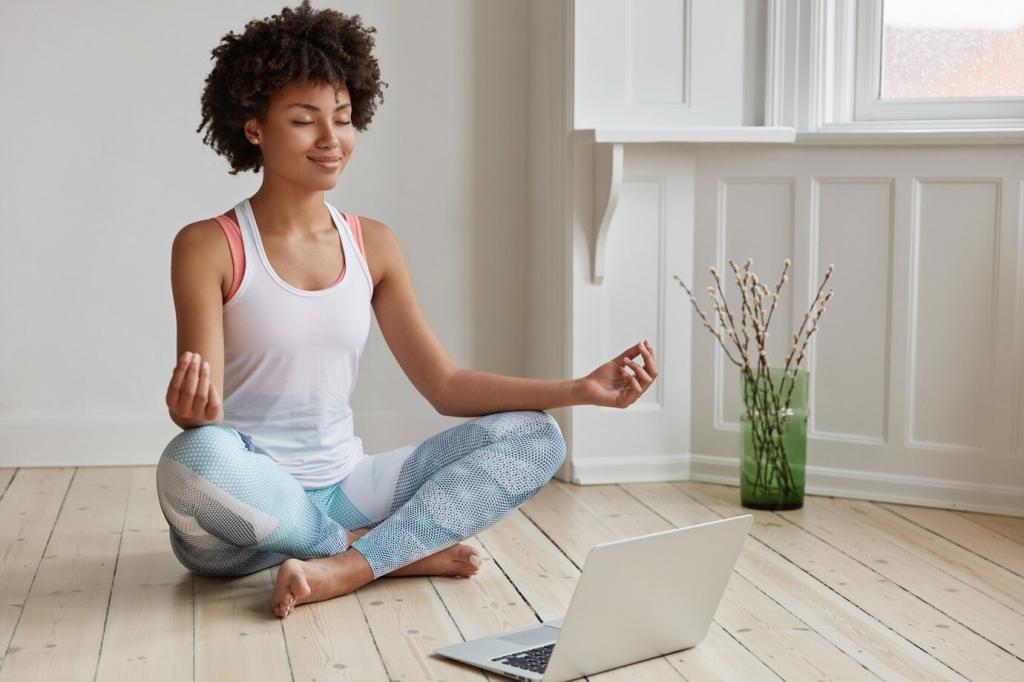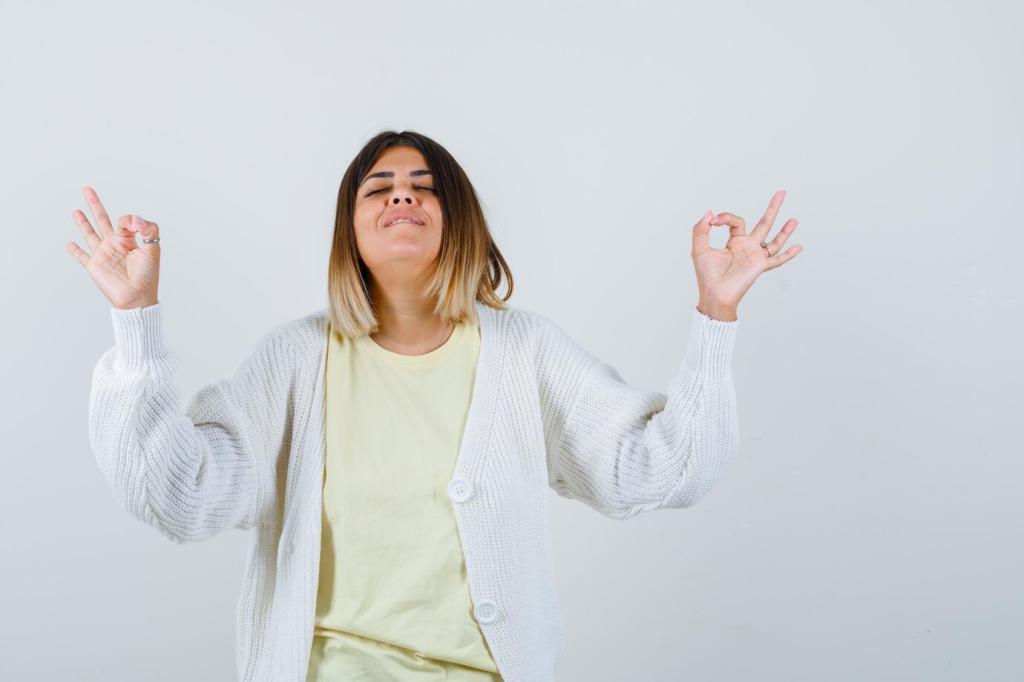Chosen theme: Gentle Yoga Poses for Emotional Balance. Welcome to a sanctuary of slow, supportive practices designed to soothe the nervous system, steady emotions, and rekindle inner ease. Settle in, breathe softly, and let care meet you where you are.
Why Gentle Works: The Nervous System Connection
01
The Vagus Nerve, Safety, and the Slow Exhale
Gentle yoga emphasizes longer exhales, which can stimulate the vagus nerve and cue safety to the body. This shift supports parasympathetic activity, easing tension and inviting emotional steadiness without forcing anything.
02
Intensity Isn’t Always Insight
Pushing hard can drown out subtle signals. Gentle poses help you notice small shifts—like a softening jaw or slower heartbeat—so emotion has room to move without becoming overwhelming or ignored.
03
From Fight-or-Flight to Rest-and-Digest
When you hold supportive shapes and breathe slowly, baroreceptors in blood vessels respond, encouraging balance in heart rate and blood pressure. This physiological settling nurtures calmer thoughts and kinder choices.
Foundational Poses to Soothe Emotions
Kneel, widen your knees, and rest your torso on a folded blanket or pillow. Let your forehead land, soften your belly, and lengthen your exhale. Stay a few minutes, noticing waves of breath melting through your back.
Foundational Poses to Soothe Emotions
Scoot one hip to the wall, swing your legs up, and lower your back onto the floor. Support your head with a folded towel. Allow gravity to drain heaviness from tired legs as your mind grows quieter with each unhurried breath.
Foundational Poses to Soothe Emotions
Loop a strap around your feet, bend your knees, and rest your torso on a bolster. This soft fold encourages introspection without strain, helping emotions settle gently as your back body widens and your thoughts slow down.


Breath-Led Rhythm: Calming Pranayama
Inhale for four, hold for four, exhale for four, hold for four—then adjust counts to feel comfortable. The gentle symmetry stabilizes attention, creating a calm container for feelings to surface and pass without urgency.
Breath-Led Rhythm: Calming Pranayama
Try inhaling for four and exhaling for six or eight. The longer release often signals safety to the nervous system, gradually loosening emotional tension while leaving you grounded, alert, and quietly energized.


Stories from the Mat: Gentle Practice in Real Life
Before a challenging conversation, Maya took three minutes in her parked car: two rounds of sighing breath, a brief Child’s Pose over the steering wheel, and one hand on her heart. The exchange felt honest, grounded, and kinder.
Stories from the Mat: Gentle Practice in Real Life
After bedtime chaos, he dimmed the lights, slid into Legs-Up-the-Wall, and counted slow exhales. The ritual became a nightly bridge from overwhelm to warmth, softening irritation into patience and genuine presence.
Choose a warm blanket, quiet light, and gentle music or silence. A folded towel under knees or head changes everything. Make the space feel welcoming so your nervous system recognizes comfort immediately.
Design Your Home Sequence for Emotional Balance
Begin with three rounds of soft exhale-focused breathing, then Child’s Pose, a supported Forward Fold, and Legs-Up-the-Wall. End seated with one hand on heart. Keep it short so you actually return tomorrow.
Design Your Home Sequence for Emotional Balance
Share, Subscribe, and Shape Our Gentle Journey
Which gentle posture steadied your mood today—Child’s Pose, Legs-Up-the-Wall, or another favorite? Share your story, and let others borrow your discovery during their own challenging moments.
Join our list to receive a printable gentle sequence, month-long breathing prompts, and reflective check-ins. Small reminders can nudge big change, especially when your day feels anything but gentle.
Send your questions about props, time limits, or emotions that arise on the mat. We’ll craft future posts around your needs so balance feels personal, practical, and lovingly achievable.

